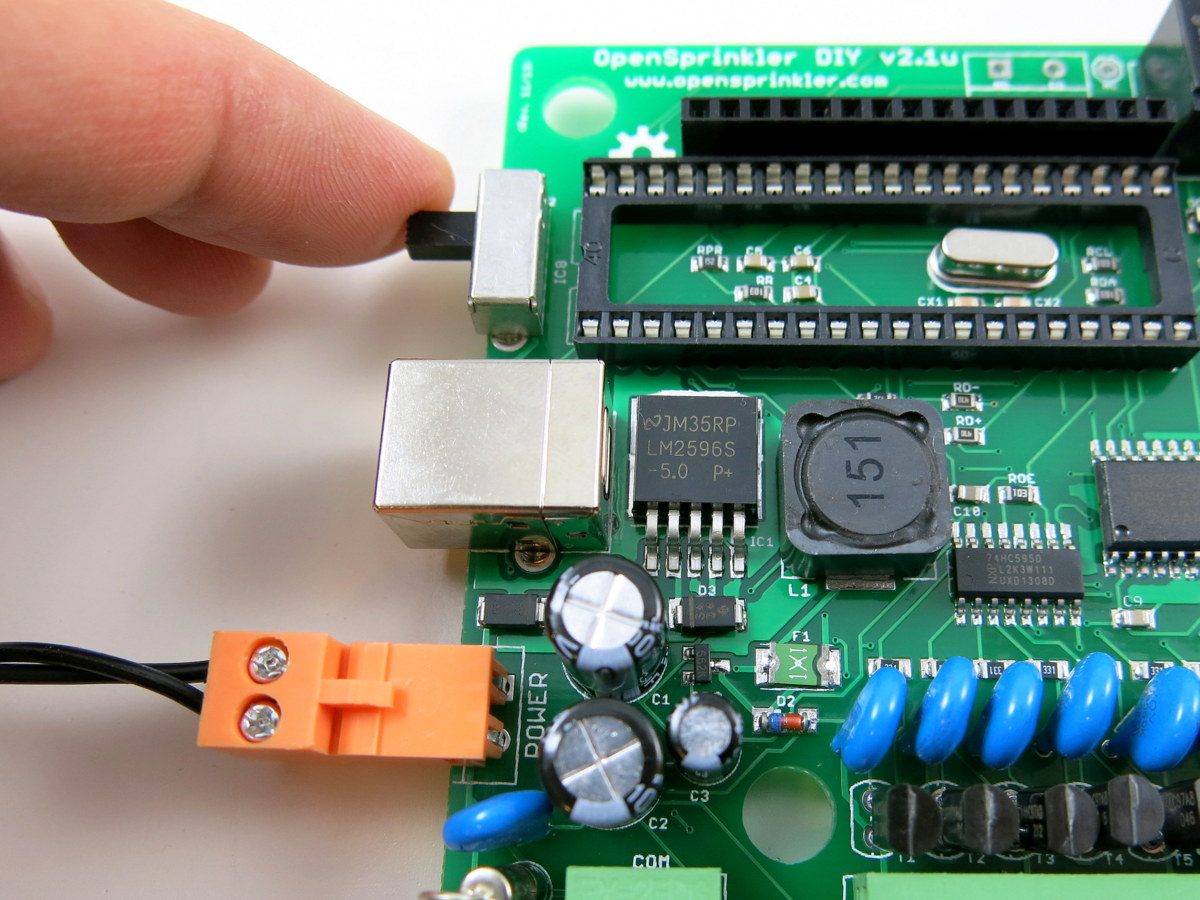

If you search online, you can find plenty of people using just 12V DC to power sprinkler solenoids. That’s it - this is how a DC powered OpenSprinkler works on a high level. On top of that, we just need a boost converter to generate a high in-rush voltage (18~22V) required to energize the solenoids. According to my calculation, 9V DC is ideal for providing the required holding current. However, you need a more complex circuit to alternate the voltage: it needs to produce a high in-rush voltage to ensure the solenoids are solidly energized, and then reduce the voltage down to produce a relatively low (150 to 250mA) holding current. Specifically, there is nothing particular about AC solenoids that they must be driven by AC - they work just fine under DC current. The circuit design is also quite simple and straightforward.īut there is no reason why we can’t achieve the same effect with DC. This ensures the solenoid will both turn on solidly, and remain on at relatively low power consumption and heat dissipation. With AC power, the solenoids can automatically achieve this dynamic current adaptation, thanks to the solenoid coils’ electric properties (technically, the inductor’s reactance to AC). They generally require a high impulse (in-rush) current to get energized (often as high as 300 to 500mA), then they will stay on with a relatively low stable (holding) current (e.g. In that blog post I analyzed the electrical properties of 24V AC solenoids. Given the above benefits of DC, why in the world are sprinkler solenoids designed to work on 24V AC? To explain this, you should read my earlier blog post entitled Understanding 24V AC Sprinkler Valves. This is just like how your laptop adapters can work with any mains voltage in the world, so you don’t have to worry about it wherever you travel to. Therefore it would be ideal to use DC power supply. They are usually cheaper too, because their demand is higher than AC transformers. On the contrary, DC transformers are much easier to source, and work universally in any country of the world. You will either need a 220V to 110V step-down converter, or source your own 24V AC transformer.

Because AC adapters are not regulated, you can’t directly use a 24V AC transformer designed for the US market in, say, Germany. In US/Canada, the mains voltage is 110V AC but in most other countries, the mains voltage is 220V to 240V AC. As you know, different countries use different mains voltage standard. Below are two pictures.īuy OpenSprinkler v2.3 DC from Rayshobby Shop.Īs explained in a previous blog post, the main motivation behind this is to make it easy to source the power supply for OpenSprinkler, particularly for International customers outside of US/Canada. This version uses a 9V DC universal power adapter, and is designed to work with both standard 24V AC sprinkler solenoids as well as DC (e.g. This is our homegrown version of the successful OpenSprinkler system.After several months of continued development, I am excited to announce the release of the first DC powered OpenSprinkler - v2.3 DC. If you have an existing sprinkler controller, you can reuse the transformer.Package includes an assembled OpenIrrigation Pi board.

Automatic weather-based water time adjustments - use online weather data to auto-adjust water times based on temperature, humidity and rainfall.
#Opensprinkler power raspberry pi free


 0 kommentar(er)
0 kommentar(er)
